How a Modern PCB Factory Works: From Design to Production
The process of manufacturing a modern Printed Circuit Board (PCB) is a complex yet highly automated procedure that ensures high precision and efficiency. From design to final production, here’s a step-by-step breakdown of how a PCB is made in a modern factory.
1. Design & Prototyping
Before a PCB reaches the factory, it is designed using specialized software such as Altium Designer, Eagle, or KiCad. The design includes:
- Schematic design – Defining the electrical connections.
- PCB layout – Placing components and routing traces.
- Gerber files – Industry-standard files that contain all manufacturing instructions.
The design undergoes a design rule check (DRC) to ensure manufacturability and may go through rapid prototyping before full-scale production.
2. Material Selection & Preparation
A PCB typically consists of multiple layers made from:
- Substrate (FR4, polyimide, or ceramic)
- Copper layers (for electrical conductivity)
- Solder mask (protective coating)
- Silkscreen (markings for component placement)
The factory selects materials based on the PCB’s required durability, thermal properties, and signal integrity.
3. PCB Fabrication Process
a. Layer Imaging & Etching
- The Gerber files are used to create photomasks, which guide the exposure of PCB layers.
- A photoresist is applied to the copper-clad board and exposed to UV light.
- The unprotected copper is etched away using chemical solutions, leaving behind the necessary circuit traces.
b. Drilling & Plating
- CNC drilling machines create holes for components and vias.
- Electroplating deposits copper into the drilled holes to create electrical connections between layers.
c. Layer Alignment & Lamination
- If the PCB is multi-layered, individual layers are stacked and laminated together under heat and pressure.
- Optical inspection ensures perfect alignment.
d. Solder Mask & Silkscreen
- A solder mask is applied to protect copper traces and prevent short circuits.
- A silkscreen layer is added to indicate component placement and labels.
4. Quality Control & Testing
- Automated Optical Inspection (AOI) scans the PCB for defects.
- X-ray Inspection checks hidden solder joints in multi-layer boards.
- Electrical Testing (Flying Probe or Bed-of-Nails) ensures circuit continuity.
5. PCB Assembly (PCBA)
Once the bare PCB is fabricated, components are assembled using:
- Surface Mount Technology (SMT) – Automated pick-and-place machines solder small components.
- Through-Hole Technology (THT) – Larger components are inserted and soldered.
- Reflow Soldering – The PCB passes through an oven to melt the solder paste and secure components.
- Wave Soldering – Used for THT components by passing the board over a wave of molten solder.
6. Final Inspection & Packaging
- Functional Testing simulates real-world operations.
- Final Visual Inspection ensures the board meets specifications.
- PCBs are then packaged in anti-static materials and shipped to customers.
Conclusion
A modern PCBA factory operates with a mix of precision engineering, automation, and rigorous quality control to ensure every board meets exact specifications. Whether for consumer electronics, automotive, or aerospace applications, the PCB manufacturing process is the foundation of modern technology.

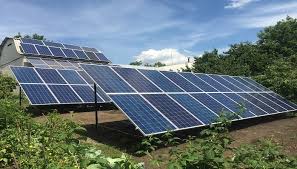



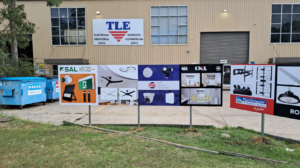
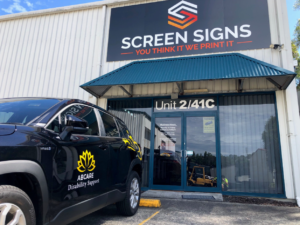
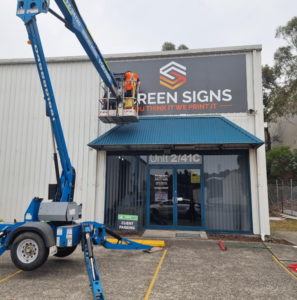
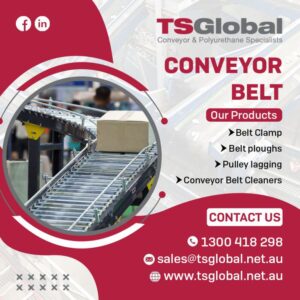





Post Comment